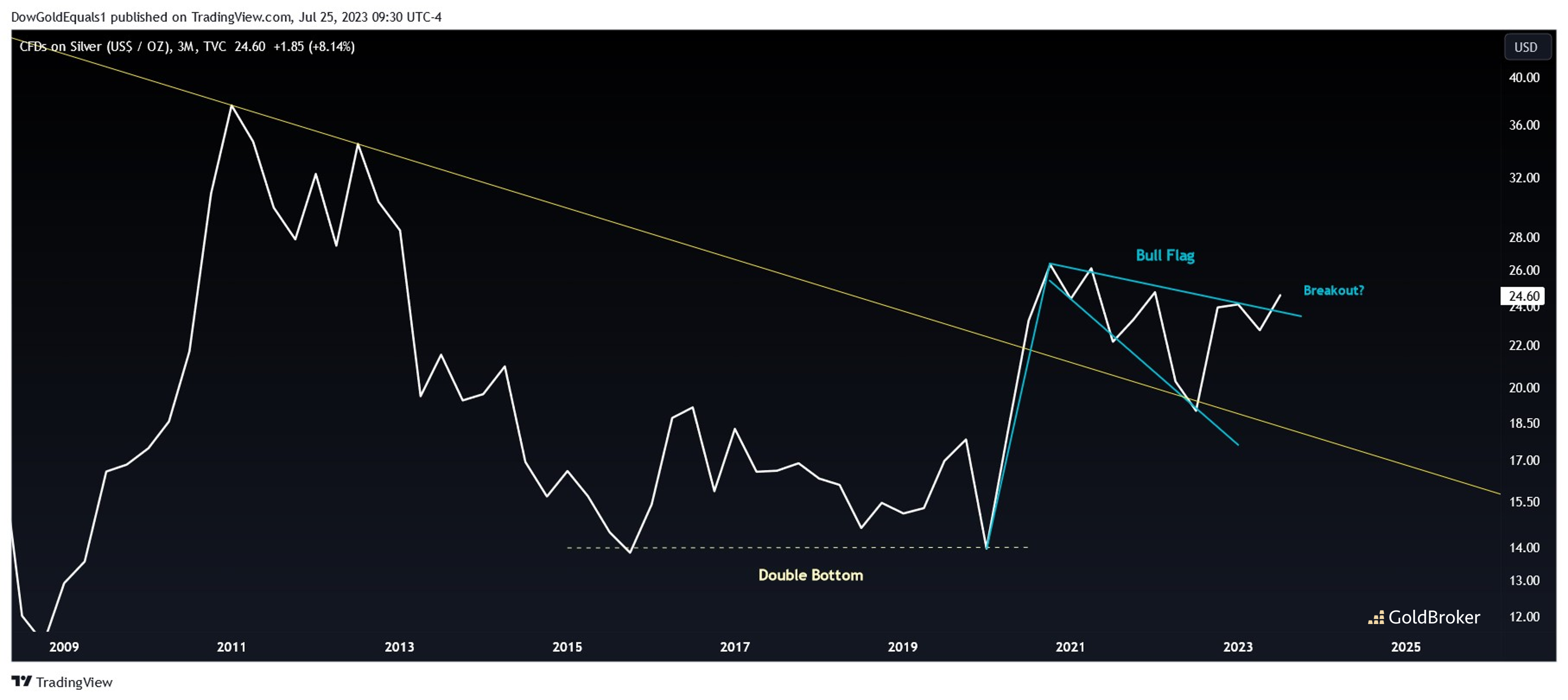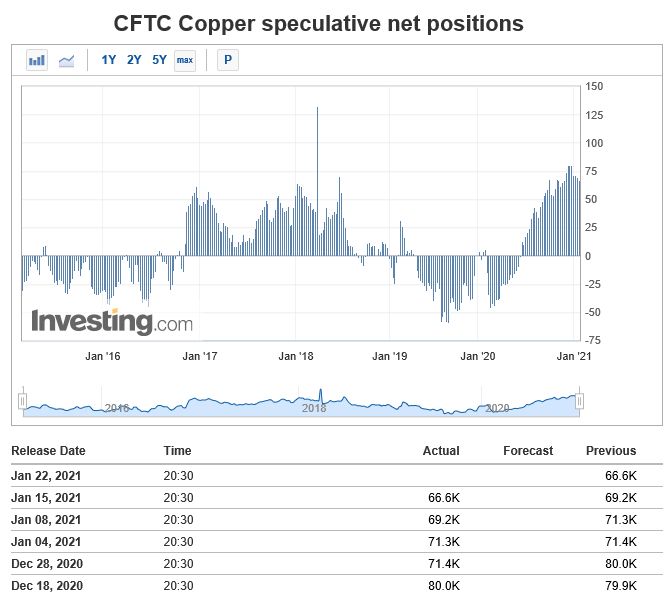Okay, let’s cut through the noise. The market’s getting choppy, and the looming tariff situation is throwing a wrench into the credit space. As CITIC Securities points out, volatility is up, and finding wins in credit is getting significantly harder – and frankly, it’s about time we acknowledged that.
We’re potentially staring down the barrel of some serious impacts on exporters, and that directly translates to risk for the bonds they issue. This isn’t about crying wolf; it’s about identifying where the market overreacts, creating juicy opportunities for those of us willing to do the homework.
Looking ahead into May, don’t hold your breath waiting for credit spreads to magically shrink. We’re likely looking at continued pressure. BUT, and this is a big ‘but’, sectors with high export exposure are now potentially undervalued due to this tariff-induced panic. That’s where the smart money goes to work.
Furthermore, provincial city investment bonds (LGFVs) in areas with relatively higher spreads are also looking attractive. These are often overlooked but offer a decent risk-reward profile.
And a quick note on strategy: keep that short-end coupon clip going – flexibility is king. But don’t completely ignore the long end. For institutions with stable liabilities, extending duration could bump up yields significantly.
Deeper Dive: Understanding the Tariff-Credit Nexus
Tariffs are essentially taxes on imports. This directly raises costs for companies reliant on imported materials.
Increased costs can squeeze profit margins, impacting a company’s ability to service its debt. This is where credit risk begins to simmer.
Export-oriented companies, while not directly paying tariffs, can face retaliation from trading partners. This creates revenue uncertainty.
Market overreactions are common. Fear often leads to broader sell-offs, creating value opportunities for discerning investors. This is the core of opportunistic investing.
Finally, understanding the provincial differences in China’s LGFV debt landscape is crucial for targeted allocation.







